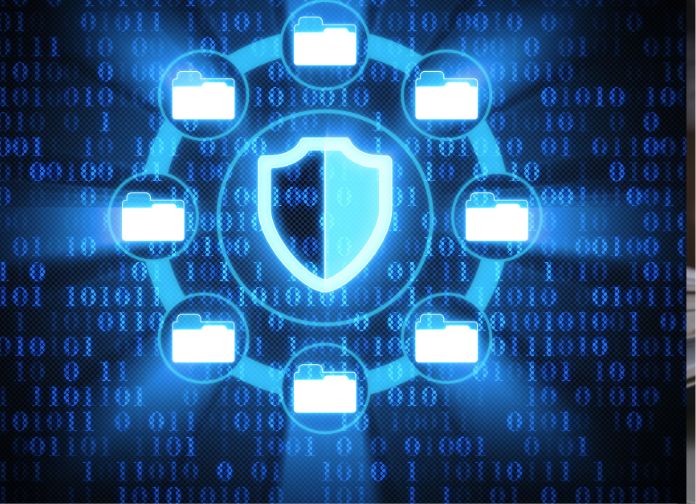The Internet of Things (IoT) has emerged as a transformative force across various sectors, and education is no exception. IoT in education, or IoT-Ed, refers to the integration of IoT technology into educational practices, systems, and environments. By enabling a network of interconnected devices, IoT-Ed aims to enhance the learning experience, streamline administrative processes, and foster a more collaborative and engaging educational environment. This article explores the benefits, challenges, and future potential of IoT in education.
The Benefits of IoT-Ed
1. Enhanced Learning Experiences
IoT-Ed creates opportunities for personalized and interactive learning experiences. Smart devices, such as tablets, wearables, and sensors, can gather data on student behavior, preferences, and performance. Educators can analyze this data to tailor instruction to individual needs, making learning more relevant and effective. For instance, adaptive learning platforms utilize real-time data to adjust the curriculum according to a student’s progress, helping them grasp difficult concepts more effectively.
2. Improved Classroom Management
With IoT devices, teachers can manage classrooms more efficiently. Smart boards and connected devices allow for seamless communication between students and educators, enabling real-time feedback and collaboration. Additionally, IoT-enabled classroom management systems can track attendance, monitor student engagement, and streamline administrative tasks, allowing educators to focus more on teaching and less on paperwork.
3. Data-Driven Insights
The implementation of IoT in education provides valuable insights through data analytics. Educators can track trends in student performance, attendance, and engagement levels over time. This data-driven approach enables institutions to identify areas for improvement and make informed decisions about curriculum development and resource allocation.
4. Enhanced Safety and Security
IoT-Ed also improves the safety and security of educational environments. Smart cameras and sensors can monitor school premises for unauthorized access, ensuring a safer environment for students and staff. Additionally, IoT devices can facilitate emergency response systems, providing real-time alerts during emergencies and ensuring prompt action.
5. Facilitating Remote Learning
The COVID-19 pandemic accelerated the adoption of remote learning technologies, highlighting the need for innovative solutions in education. IoT-Ed enables seamless remote learning experiences through interconnected devices. Students can access educational resources from anywhere, collaborate with peers in real time, and participate in interactive lessons, making education more flexible and accessible.
Challenges in Implementing IoT-Ed
While the potential of IoT in education is promising, several challenges must be addressed for successful implementation:
1. Privacy and Security Concerns
The integration of IoT devices raises significant concerns about data privacy and security. With sensitive student information being collected and analyzed, educational institutions must implement robust security measures to protect this data from breaches and unauthorized access.
2. Infrastructure and Cost
Implementing IoT solutions requires significant investment in infrastructure and technology. Many educational institutions, particularly those in underserved areas, may struggle to afford the necessary devices, software, and training. Ensuring equitable access to IoT-Ed resources is crucial for maximizing its benefits.
3. Training and Adoption
Teachers and staff must receive adequate training to effectively use IoT technologies in the classroom. Resistance to change and a lack of digital literacy can hinder the successful integration of IoT in education. Institutions must prioritize ongoing professional development and support for educators to foster a culture of innovation.
4. Standardization and Interoperability
With numerous IoT devices and platforms available, achieving standardization and interoperability can be challenging. Ensuring that different systems can communicate and work together effectively is crucial for maximizing the benefits of IoT in education.
The Future of IoT-Ed
The future of IoT in education holds immense potential. As technology continues to evolve, educational institutions can expect to see increased adoption of IoT solutions that enhance learning experiences, improve operational efficiency, and foster collaboration. Innovations such as augmented reality (AR), virtual reality (VR), and artificial intelligence (AI) will further enrich the educational landscape, creating immersive and engaging learning environments.
Additionally, the emphasis on data-driven decision-making will likely shape the future of IoT-Ed. By harnessing the power of data analytics, educators can gain deeper insights into student performance, enabling them to create more effective teaching strategies and learning environments.
Conclusion
The Internet of Things is revolutionizing education by creating smarter, more connected learning environments. While challenges remain, the potential benefits of IoT-Ed are significant, offering enhanced learning experiences, improved classroom management, and data-driven insights. As educational institutions embrace IoT technologies, they can foster a more engaging and effective learning environment that prepares students for the demands of the 21st century. By prioritizing privacy, accessibility, and training, the future of IoT in education promises to be transformative, ensuring that all students have the opportunity to thrive in an increasingly digital world.
